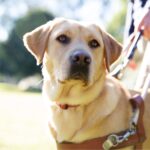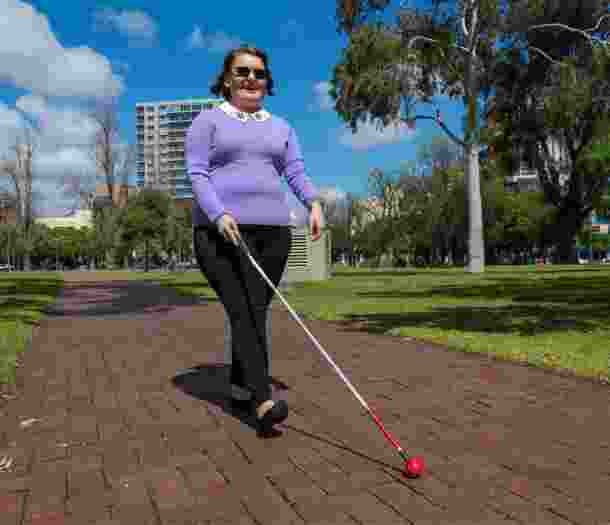International White Cane Day
International White Cane Day (IWCD) is always an important day on the Guide Dogs calendar – as the white cane is the mobility tool of choice for the majority of Guide Dogs Clients. Right now, the importance of the white cane as a visual signifier of low vision and blindness is more important than ever. It’s a reminder to everyone to social distance so people with low vision or blindness can continue move safely, confidently and independently through any environment.
“Keep Clear and Carry On”
This year’s International White Cane Day theme is “Keep Clear and Carry On.” Guide Dogs Australia is calling on the community to clean up the streets after 90 per cent of Australian white cane users reported meeting obstacles caused by ‘everyday’ objects.
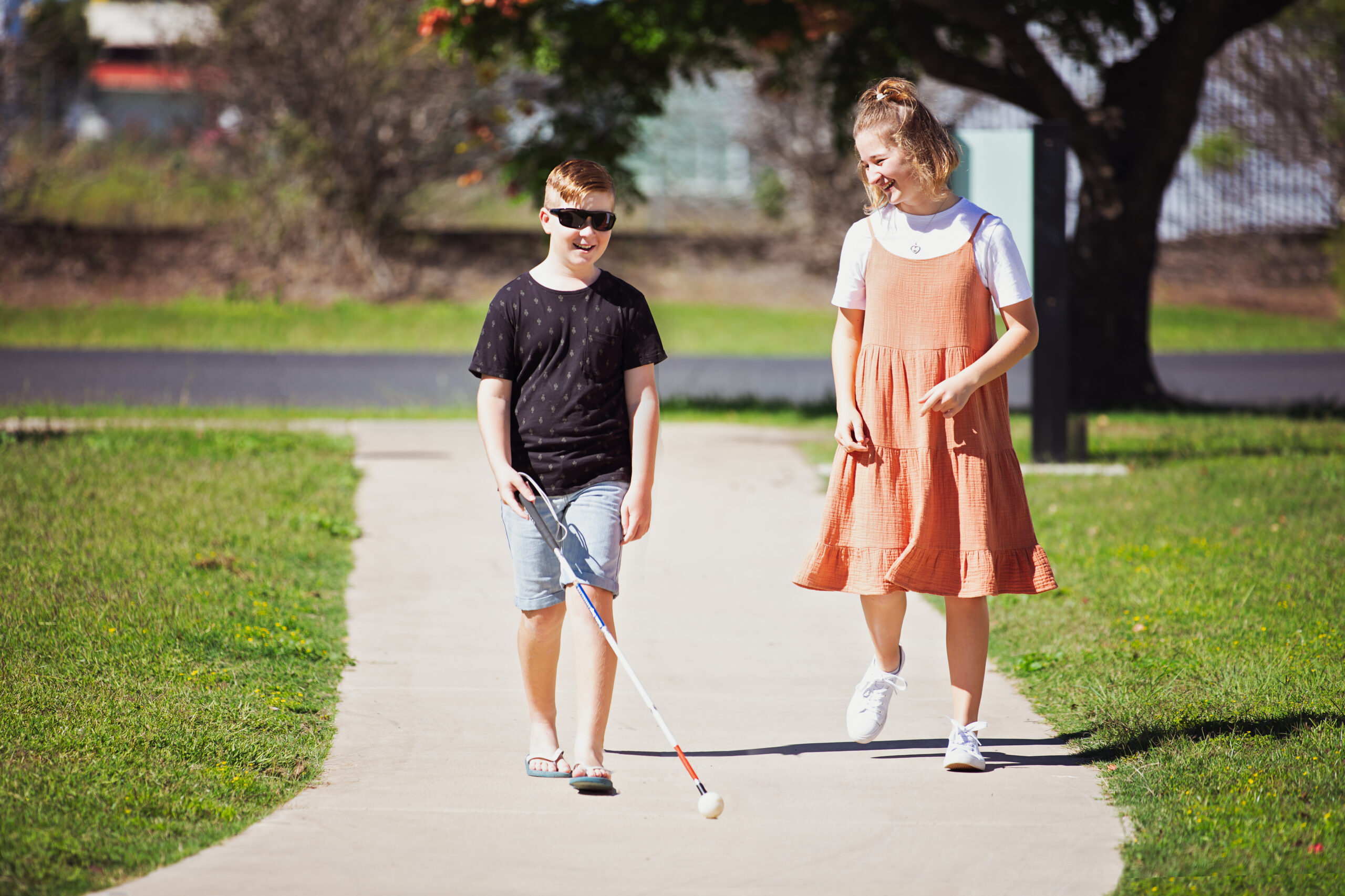
White cane users stated that uneven or damaged footpaths are the most common everyday issue they encounter while moving through the community (90%).
Other common obstacles include:
- Overgrown plants or fallen branches (75%)
- Café chairs and tables (75%)
- Cars parked across footpaths (70%)
- People who are distracted while using their devices (71%)
The ‘Keep Clear and Carry On’ campaign focuses on how we can take simple steps to create a more accessible environment not just for people with low vision or blindness, but for everyone; especially as many communities ‘re-open’ after extended periods of COVID-19 lockdowns.
Keep Clear and Carry On
Hear from white cane user Salina
Click here to access a full video description
Watch our videos below to hear from Guide Dogs Clients Elijah, Jenny and Charlie.
How to help
Get involved
-
Access support for individual advocacy so you can experience the world with freedom and independence.
-
Learn how you can help make the world more accessible through our access consulting service.
-
Download our practical inclusivity guidelines to learn more about how you can foster a welcoming environment for people with low vision and blindness.
"Being an active white cane user for 43 years, I have become very accustomed to navigating through public spaces in my local area. However, no matter how experienced you are with a white cane, no one can ever always anticipate objects that pop up with no warning. For me, it’s these unexpected objects which are the most dangerous."
Top Tips to "Keep Clear and Carry On" this White Cane Day
- Ensure your car is not parked over the footpath.
- Move objects like bins off footpaths.
- Keep footpaths near cafes and businesses clear of stray chairs or other objects.
- Keep footpaths clear by cutting back overhanging plants from your property.
- Avoid using your mobile device while walking in public – for your safety too!
- Don’t leave things like rentable bikes or scooters in public spaces.
- Report issues like fallen tree branches and unsafe footpaths to your local council.
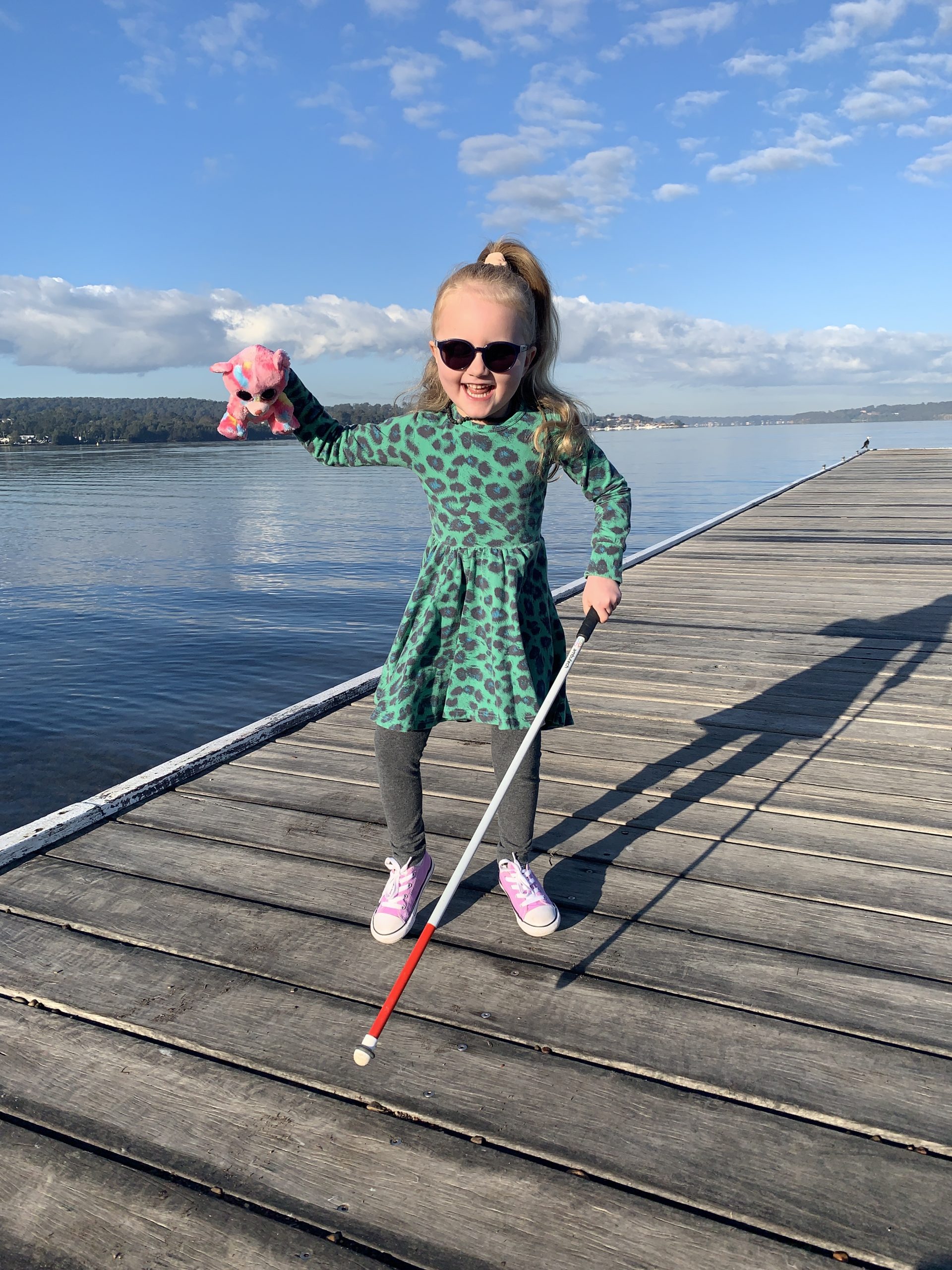
Hear from white cane user Salina
White cane user Salina says she often finds everyday hazards very startling.
“People might not even realise how their scooters, bins or over hanging branches might impact other people but they are a safety hazard while walking in the street.”
“We deserve the right to travel with safety and not having to worry about encountering unnecessary obstacles.”
“If people can be more mindful of their actions and how it can impact other people, we will be creating a safer environment for not only people with low vision or blindness but also the whole community.”
Creating a more accessible world for the community
We know that everyone has been doing a fantastic job to support one another during the pandemic, including our more vulnerable communities. However, this International White Cane Day survey shows there are still some simple ways we can make our streets more accessible for people with low vision and blindness, and be more aware.
White canes are designed to maximise independence and mobility, so this year we really want to bring to light the barriers preventing this and raise awareness so white cane users feel safe and independent in public.
What might seem like a simple step for you can make a huge impact to the safety and easy navigation of a person with low vision or blindness or in fact, many others such as people using wheelchairs or parents with prams.
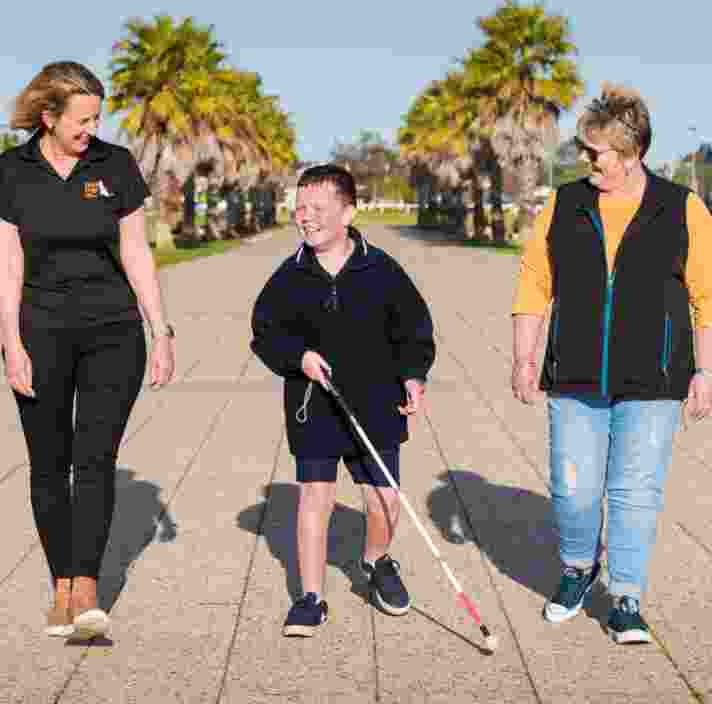
Ready to continue?
Seems like you have filled this form earlier. Let’s pick up where you left off.
